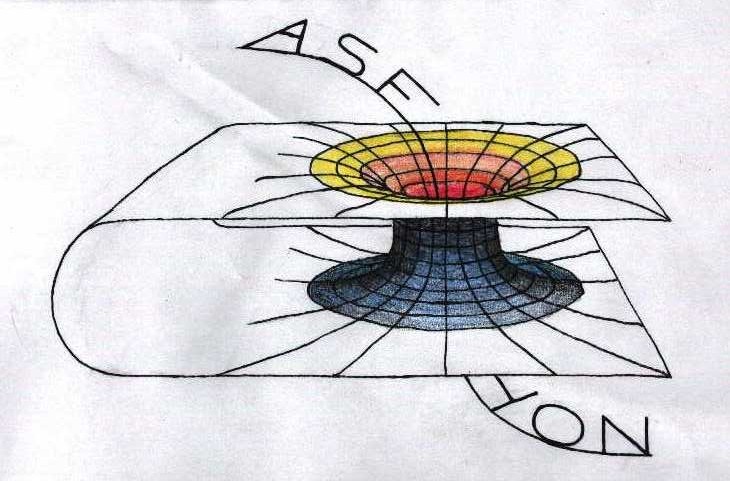The following projects are under study. This list can be extended at any moment. See also the individual projects of the members of Asfyon on www.asfyon.org

A. Cosmic strings.

B. Warped spacetimes

C. Conformal invariance in GRT

D. Two-timing method (High-frequency method)
In order to analyze the stability of solutions in a wide class of physical problems, one usually linearizes the field equations or expands the field variables in a physically unclear small parameter. The multiple-scale is particularly useful for construction uniformly valid (wavelike) approximations to solutions of perturbation problems. The method originates from the WKB-method in order to construct approximate solutions of the non-linear Schrodinger equation.
I. Example: the non-linear Schrodinger equation (NLSE).
The NLSE is a classical field equation, but after canonical quantization, it becomes a quantum field theory. Let us consider the wave equation
![]()
![]()
Let nu now consider the relevant fields ![]() in a point
in a point ![]() of a manifold, dependent on
of a manifold, dependent on ![]() :
:
![]()
II. Application to GRT.
Let us consider a
